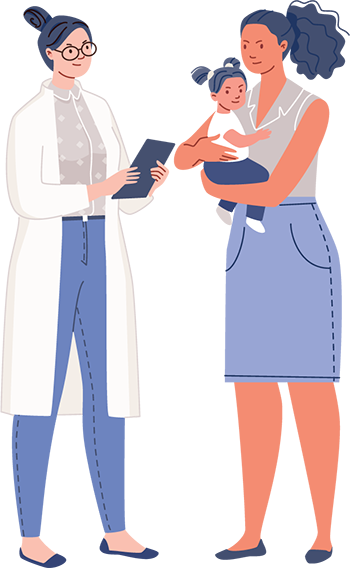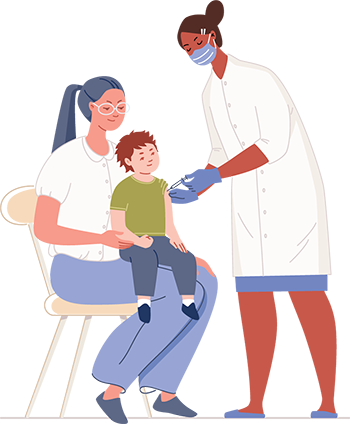Researchers at Texas A&M University’s Irma Lerma Rangel School of Pharmacy received a $2.8 million NIH grant to use 3D printers for pediatric medications.
By Joseph A. Cantlupe
In some ways, 3D printing is pervasive in our society, evident across sectors ranging from manufacturing to architecture to design and even medicine. But oddly for this multibillion-dollar industry, there’s one area in which it has not made much headway: pharmaceuticals.
For instance, the Food and Drug Administration (FDA) has approved only one drug, Spiritam, a treatment for epilepsy, using 3D technology, which happened in 2015. In that instance, technology has made it easier for patients to take their medications because the active ingredient disintegrates within seconds after a patient takes a sip of water.
Despite the lag in approvals, experts see vast potential for 3D technology in pharmacy. Studies show that there could be a paradigm shift in pharmaceutical and clinical pharmacy practice, with a transition from mass production of medicines toward drugs that are personalized for everyone. 3D printing also can result in decreased costs and expedited development times.
Currently, most drugs are typically manufactured in large quantities “using conventional methods that involve large-scale processes, equipment and long production time,” according to the FDA. The agency said that 3D printing “can offer a tantalizing step toward changing the manufacturing processes to offer personalized medicines.”




